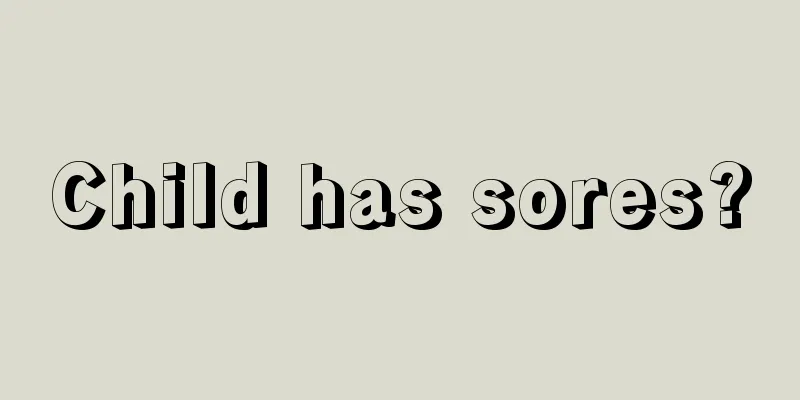Symptoms of fetal heart problems

|
Every pregnant woman will undergo various large and small examinations from pregnancy to the final birth of the baby to ensure that the baby can be born healthy and smooth. Pregnant women can find out possible diseases their babies may have during prenatal checkups, which is beneficial to the healthy development of the baby. Every pregnant woman should go for regular checkups. Some babies are diagnosed with heart disease while still in their mother's womb. Heart disease is a disease with a high incidence rate. So what will happen if a fetus has heart problems? Let’s take a look at it together below! 【I】Embryonic development Congenital heart disease refers to local anatomical abnormalities caused by impaired formation of the heart and large blood vessels during the human embryonic development period (within the first 2-3 months of pregnancy), or the failure of the heart to close the channels that should close automatically after birth (normal in the fetus). The main early symptoms of fetal heart disease include: heart failure, cyanosis, clubbing of fingers (toes), polycythemia, squatting, pulmonary hypertension, developmental delay and some other symptoms. During the fetal period, we can see whether the patient has a congenital heart through direct or indirect ultrasound or magnetic resonance imaging at 18-20 weeks. If the fetus is found to have a common fetal heart disease such as ventricular septal defect, the pregnancy can be continued and the fetus can be born; if it is a very complicated fetal heart disease, surgery after birth will be very difficult, and such patients can terminate the pregnancy in the early stages of pregnancy, which is helpful to the family and society. 【2】 Fetal heart disease generally has the following early symptoms : 1. Heart failure : Neonatal heart failure is considered an emergency, and most of the time it is caused by severe heart defects in the child. Its clinical manifestations are due to congestion of the pulmonary circulation and systemic circulation and reduced cardiac output. The children are pale, short of breath, have difficulty breathing and tachycardia. The heart rate can reach 160-190 beats per minute and the blood pressure is often low. You can hear the rhythm of galloping horses. The liver is enlarged, but peripheral edema is less common. 2. Cyanosis : It is caused by the mixing of arterial and venous blood due to right-to-left shunting. It is most obvious on the tip of the nose, lips, and nail beds. 3. Squatting : Children with cyanotic congenital heart disease, especially those with tetralogy of Fallot, often show squatting signs after activities. This can increase systemic vascular resistance and thus reduce the right-to-left shunt caused by the septal defect, while also increasing venous blood return to the right heart, thereby improving pulmonary blood flow. |
<<: What are the best ways to treat colds and fevers in children?
>>: What to do if your child has a cough and a stuffy nose
Recommend
What causes nosebleeds in three-year-old children?
In fact, nosebleeds are very common in childhood....
What should children avoid eating when they have acute gastritis?
Acute gastritis is one of the common acute gastro...
Various ways to take your baby's temperature
In our daily life, there are many situations wher...
What should I do if my child has severe nasal congestion?
From a clinical perspective, there are many reaso...
Height standard for 11-month-old baby
Nowadays, many new parents are accumulating exper...
What to do if your baby swallows crayons
When the baby grows up, many parents will prepare...
Will being fat affect a boy's development?
When supplementing children's nutrition, pare...
What should I do if my baby has a mild concussion?
Children with concussions may lose consciousness,...
Who should be vaccinated against chickenpox?
It is better to prevent chickenpox by vaccination...
The child's body itches
The child's body is in the development stage,...
Is hand, foot and mouth disease serious?
Hand, foot and mouth disease is a common and freq...
What are the symptoms of oral ulcers in children?
Children have relatively poor resistance, and the...
How to supplement calcium, iron and zinc for children?
In life, many of our parents often have this phen...
Does the mother's height have a big impact on her child?
Height is something that people attach great impo...
There are many benefits of children's spleen massage
For children, the spleen and stomach functions ar...









